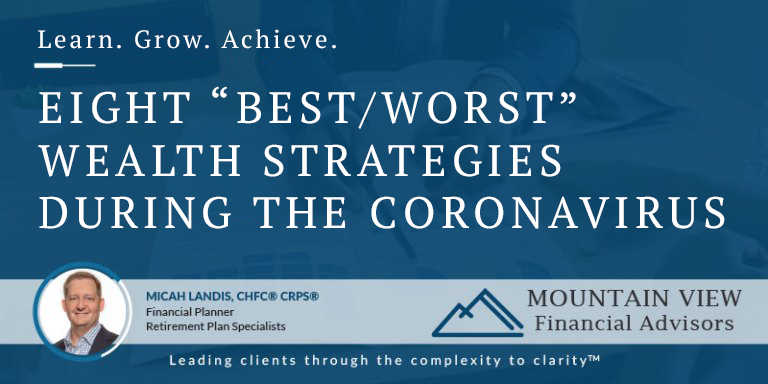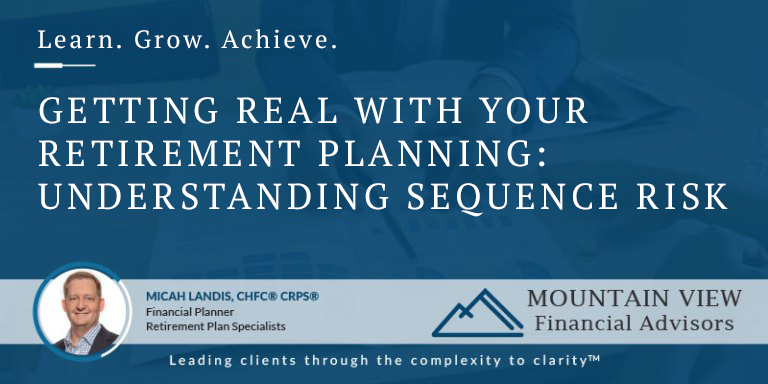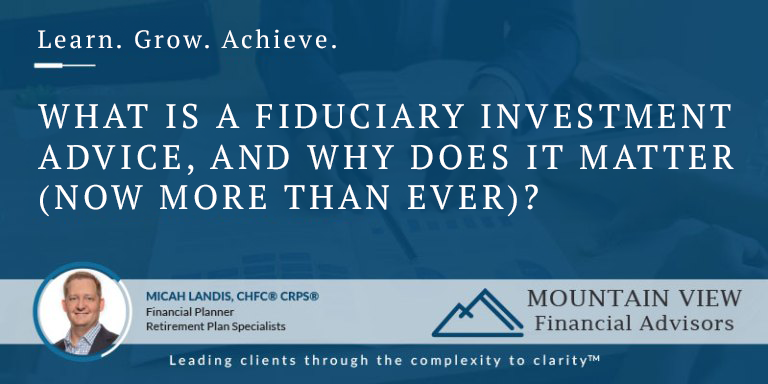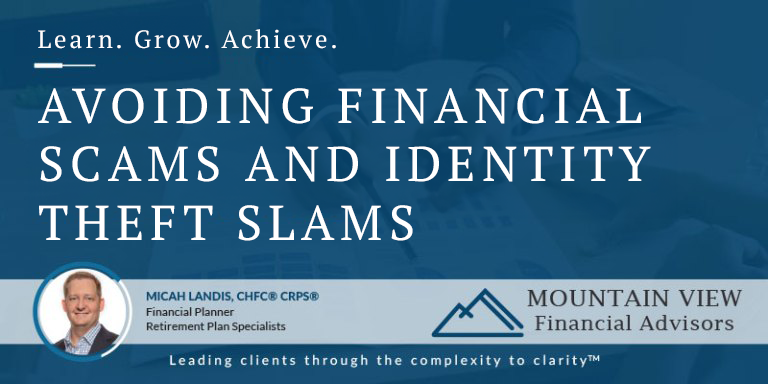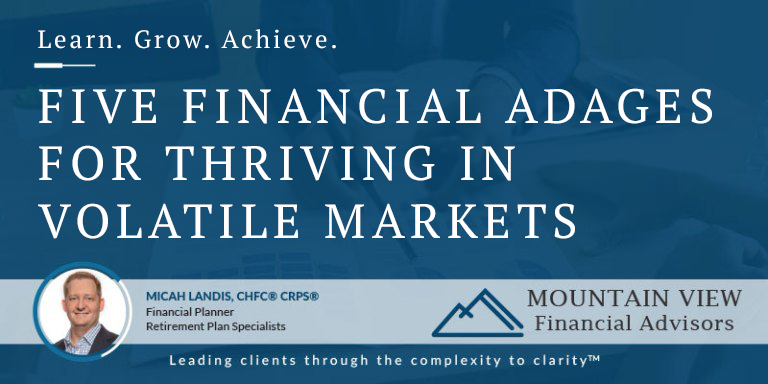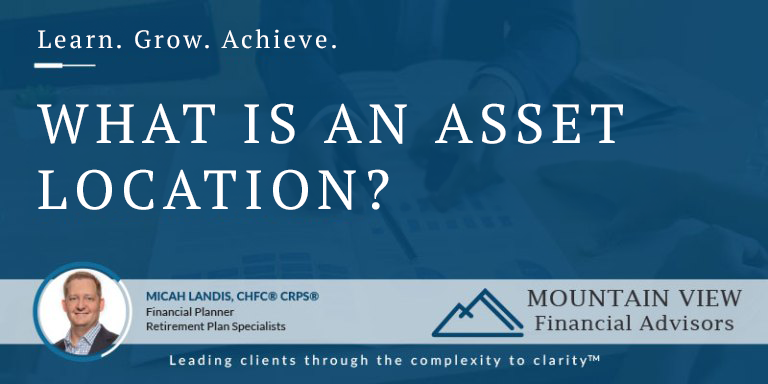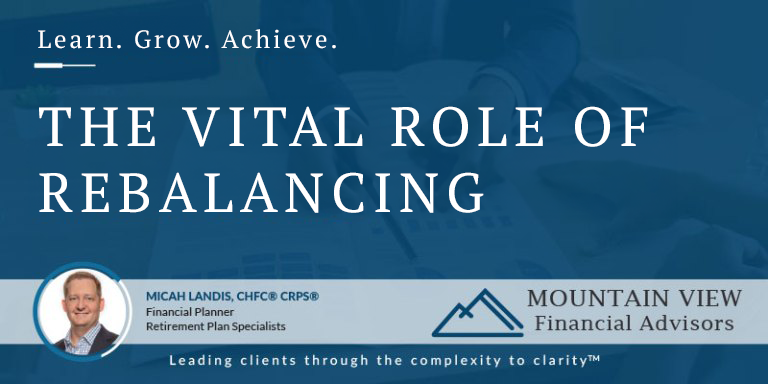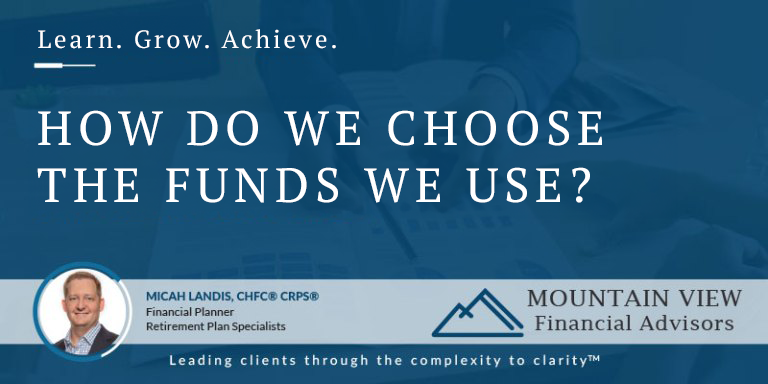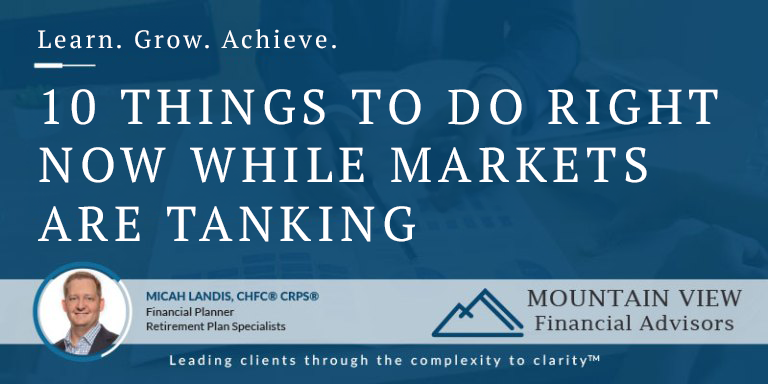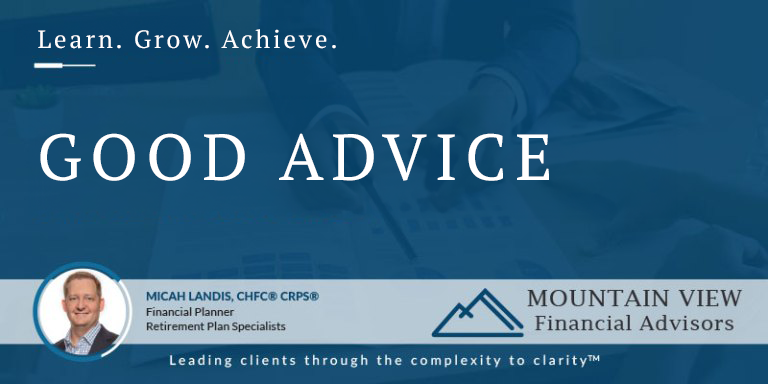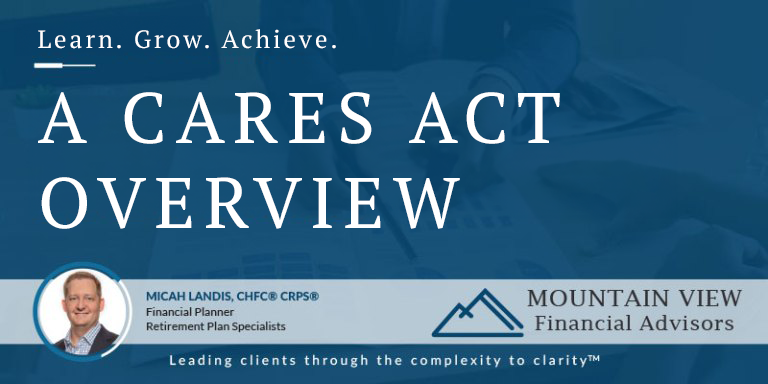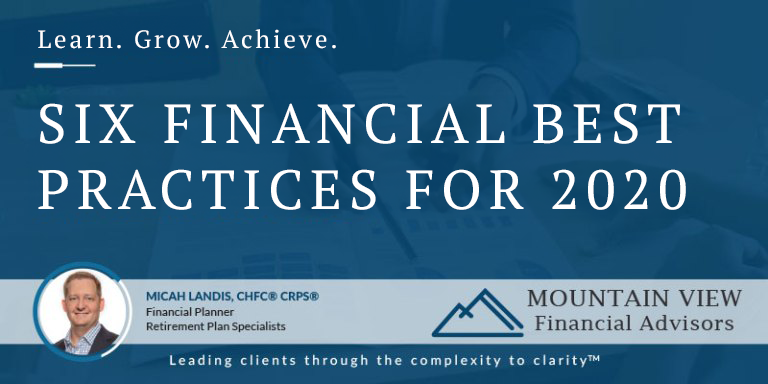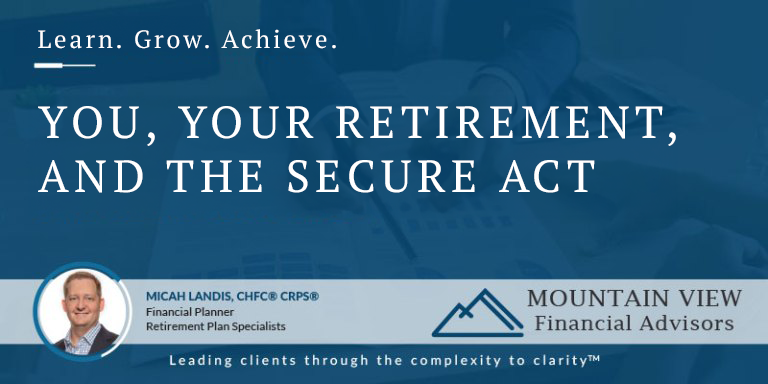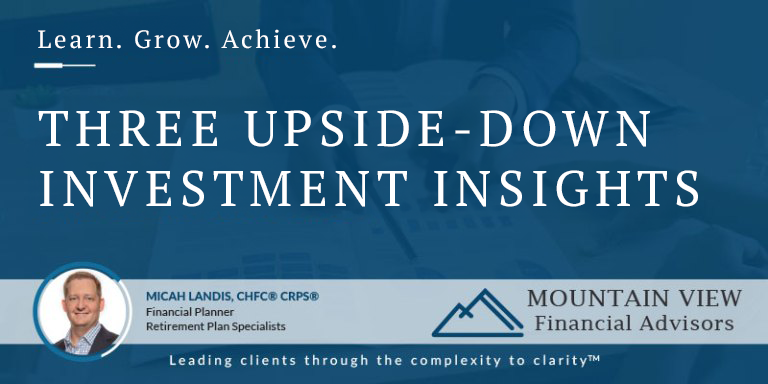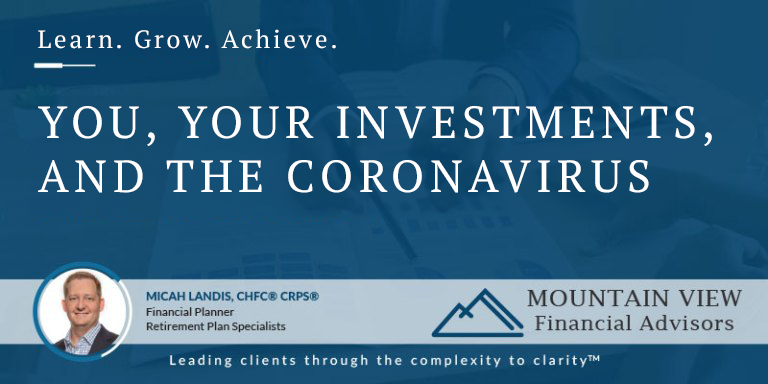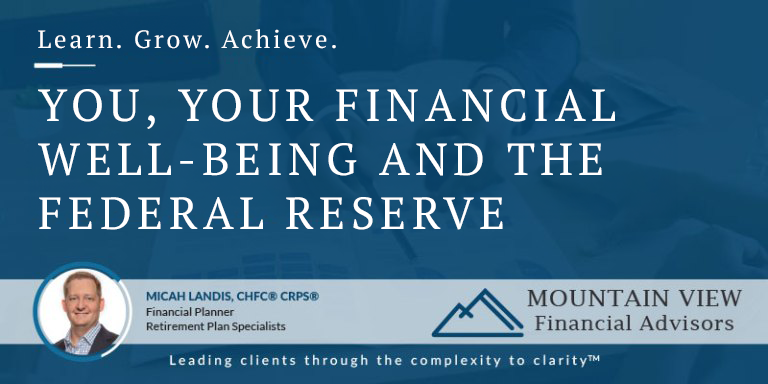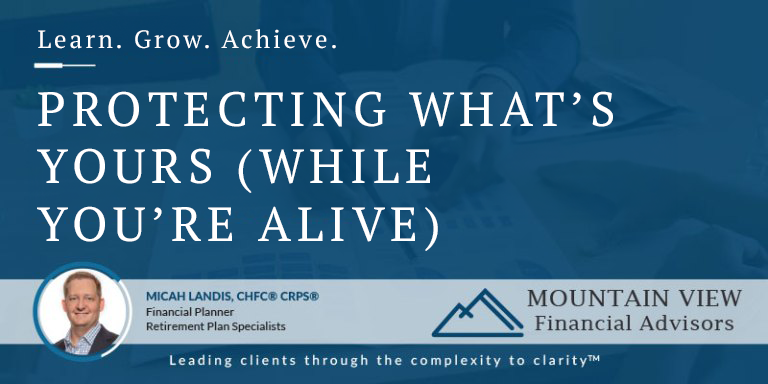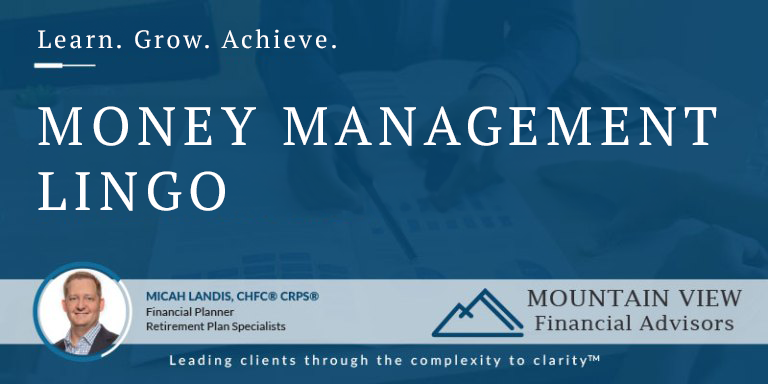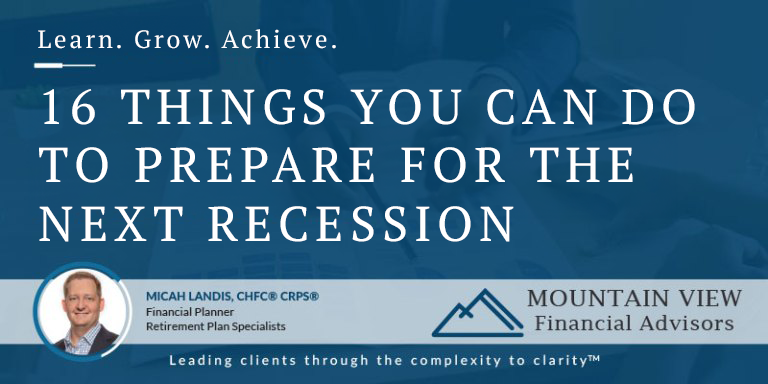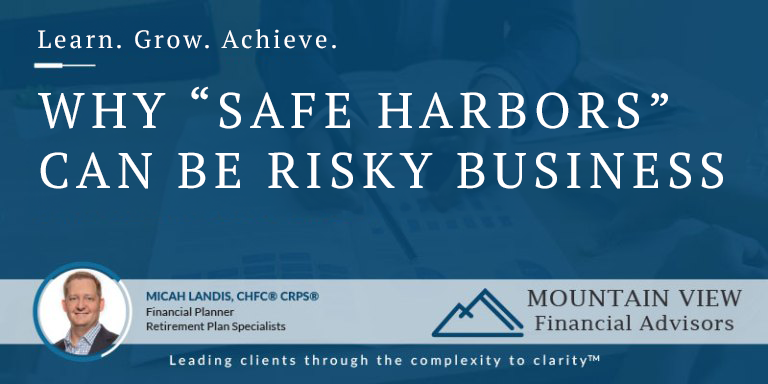Evidence-Based Investment Insights: Three Essential Ideas for Building Wise Wealth
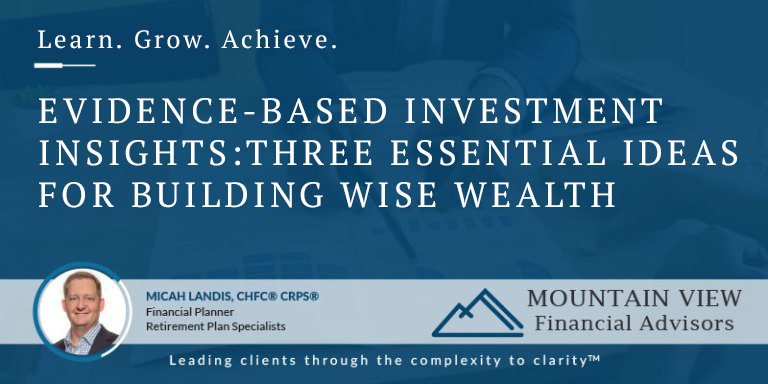
Introduction
Are you ready to become a better investor? Would you like to enhance your understanding of the most important principles that drive the creation of wealth, without it hurting a bit? In this approachable report, we’ll introduce you to three essentials on how to invest with greater confidence, with evidence instead of emotion guiding your way.
You see, being a better, evidence-based investor does not mean you must have an advanced degree in financial economics, or that you have to be smarter, faster, or luckier than the rest of the market. It means three things:
- Knowing and heeding the evidence from those who do have advanced degrees in financial economics
- Structuring your portfolio so that you’re playing with rather than against the market and its expected returns
- Understanding the “human factor,” i.e., your own behaviors, ingrained through eons of evolution and tricking you into making the worst financial decisions at all the wrong times
Are you ready to apply the science of investing into your own durable portfolio? Read on.
Part I: Knowing and Heeding the Evidence
You, the Market, and the Prices You Pay
How do you achieve every investor’s dream of buying low and selling high in a crowd of resourceful and competitive players? The answer is to play with rather than against the crowd, by understanding how market pricing occurs, according to these insights:
- Group intelligence drives efficient pricing
- It’s not whether breaking news is good or bad, it’s whether it’s expected or unexpected
- By the time you hear the news, the market already knows it
- Financial “gurus” are no better than you at consistently predicting the markets
The Power of Group Intelligence in Price-Setting
Before the academic evidence showed us otherwise, it was commonly assumed that the best way to make money in what seemed like ungoverned markets was by outwitting others at forecasting future prices and trading accordingly in domestic and international stocks, bonds, commodities, real estate and more – or by hiring high-priced market analysts to do this for you.
Unfortunately for those who are still trying to operate by this outdated strategy, academia has revealed that the market is not so ungoverned after all. Yes, it’s chaotic, messy, and unpredictable when viewed up close. But it’s also subject to group intelligence, whereby groups of independent players (such as free market participants) are better at consistently arriving at accurate factual answers than even the smartest individuals in that same group.
Applying group wisdom to the market’s multitude of daily trades means that each individual trade may be spot on or wildly off from a “fair” price, but the aggregate average incorporates all known information contributed by the intelligent, the ignorant, the lucky, and the lackluster.
Instead of believing that you can regularly outguess the market’s collective wisdom, you are better off concluding that the market is doing a better job than you can at forecasting prices.
The Effect of Breaking News on Market Pricing
The next step is to understand how prices are set moving forward. What causes market prices to change? It begins with the never-ending stream of world news. Here, it’s critical to be aware of the evidence that tells us the most important thing of all:
You cannot expect to consistently improve your outcomes by reacting to breaking news.
How the market adjusts its pricing is why there’s not much you can do after the news is released. First, it’s not the news itself; it’s whether we saw it coming. In other words, it’s not just news, but unexpected news that alters future pricing. By definition, the unexpected is impossible to predict, as is how dramatically (or not) the market’s group intelligence will respond to it.
The Barn Door Principle
Another reason breaking news is relatively irrelevant to your investing is what we’ll call “The Barn Door Principle.” By the time you hear the news, the market already has incorporated it into existing prices. The proverbial horses have already galloped past your open trading door. This is especially so in today’s electronic world, where price adjustments typically occur within the first few post-announcement trades.
Unless you manage to be among the very first to respond to breaking news (competing, mind you, against automated traders who often respond in fractions of milliseconds), you’re setting yourself up to buy higher or sell lower than those who already have set new prices based on the news – exactly the opposite of your goal.
Financial Gurus and Other Fantastic Creatures
As touched on above, you’re also ill-advised to seek a market-forecasting, financial guru to pinch hit for you.
In his Berkshire Hathaway 2017 Shareholders Letter, Warren Buffett described his take on investment “experts” when he wrote: “Performance comes, performance goes. Fees never falter.”
Instead, Buffett suggests, “Seizing the opportunities then offered does not require great intelligence, a degree in economics or a familiarity with every bit of Wall Street jargon. What investors then need instead is an ability to both disregard mob fears or enthusiasms and to focus on a few simple fundamentals.”
But maybe you know of an extraordinary stock broker or fund manager or TV personality who strikes you as being among the elite few who can make the leap. Should you turn to them for the latest market tips, instead of settling for “average” returns?
Bottom line, if such outperforming experts did exist in reliable numbers, we should expect to see credible evidence of it. Not only is such data lacking, the body of evidence to the contrary is overwhelming. Star performers – “active managers” – often fail to survive, let alone persistently beat comparable market returns. Across the decades and around the world, many independent analysts have scrutinized active manager performance and consistently found it lacking.
To cite one of many sources, Morningstar publishes a semiannual Active/Passive Barometer report, comparing actively managed funds to their passively managed peers. In its most recent, February 2019 report, Morningstar found: “In general, actively managed funds have failed to survive and beat their benchmarks, especially over longer time horizons; only 24% of all active funds topped their average passive rival over the 10-year period ended December 2018.”
The disappointment isn’t limited to U.S. markets, either. Morningstar produces a similar, semiannual European Active/Passive Barometer, in which it reached similar conclusions (emphasis ours): “European stock-pickers’ long-term success rates are low. Most active managers both survived and outperformed their average passive peer in just three of the 49 categories we examined over the decade through December 2018.”
Part II: Structuring Your Portfolio
So far, we’ve assessed some of the hurdles to effectively participating in efficient capital markets. We believe the best way to overcome these hurdles is to sidestep them entirely in your investing. By managing the market factors you can expect to control and avoiding the temptation to react to those you cannot, you can build and sustain an evidence-based portfolio that allows the market do what it does best on your behalf: build long-term capital wealth.
The Business of Investing
With all the excitement over stocks and bonds, and their ups and downs in headline news, there is a key concept often overlooked: Market returns are compensation for providing the financial capital that feeds the human enterprise going on all around us, all the time.
When you buy a stock or a bond, your capital is ultimately put to hard work by businesses or agencies who expect to succeed. You would think that, when a company or agency does succeed, your investment would too. But actually, such success is only one factor at best, among many others that influence your expected returns.
At first, this seems counterintuitive. It means, for example, that even if business is booming, you cannot necessarily expect to reap the rewards simply by buying its stock. Remember, by the time good or bad news is apparent, it’s already reflected in higher-priced share prices, with less room for future growth.
Market Risks and Diversification’s Rewards
So what does drive expected returns? There are a number of factors involved, but decades of academic inquiry inform us that the most powerful ones often spring from accepting unavoidable market-related risks. As an investor, you can expect to be rewarded for accepting the market risks that remain after you have eliminated the avoidable ones. Let’s explain.
Avoidable Concentrated Risks – Even in a bull market, one company can experience an industrial accident, causing its stock to plummet. A municipality can default on a bond even when the wider economy is thriving. A natural disaster can strike an industry or region while the rest of the world thrives. These are concentrated market risks that can be avoided by not piling all of your financial eggs into too few holdings.
Unavoidable Market-Related Risks – If concentrated risks are like bolts of lightning, market risks are encompassing downpours in which everyone gets wet. For example, invest in the market at all and, presto, you’re exposed to more market risk than if you had sat in cash (where it may lose value due to inflation, but that’s a different risk, for a different report).
In the science of investing, we dampen avoidable, concentrated risks with diversification. By spreading your holdings widely and globally, if some of them are affected by a concentrated risk, you can offset the damage done with plenty of other unaffected holdings.
Every investor also faces market risks that cannot be “diversified away.” Those who stay invested when a market’s risks are on the rise can expect to eventually be compensated for their steely resolve with higher returns. But they also face higher odds that results may deviate from expectations, especially in the near-term. Diversification again steps in, acting as a “dial” for setting the right volume of market-related risk exposure for your individual goals.
The Essence of Evidence-Based Investing
With any risky venture, including the ones that abound in capital markets, there are no guarantees that you’ll earn hoped-for returns, or even recover your stake. This is why we so strongly favor evidence-based investing as a rational approach for staying on course toward your financial goals, especially when your emotional reactions threaten to take over the wheel.
Evidence-based investing represents the marriage between a “Who’s Who” body of scholars who have been studying portfolio management since at least the 1950s, and the financial professionals who heed their findings and are tasked with an equally important charge of determining: Even if a relatively reliable return premium exists in theory, can we capture it in the real world – after the implementation and trading costs involved?
Assessing the Evidence (So Far)
In academia, rigorous research calls for more than an arbitrary sampling or a few in-house spreadsheets designed to “prove” a convenient conclusion. Academic research demands a considerably higher standard, including a disinterested, objective outlook (no foregone conclusions); robust data analysis; repeatability and reproducibility; and formal peer reviews.
So far, this level of research has yielded at least five expected return premiums for patient investors:
- Equity – Stocks (equities) have returned more than bonds (fixed income).
- Small-cap – Small-company stocks have returned more than large-company stocks. (Although recent analysis suggests this factor may require additional dissection to isolate its essential premium.)
- Value – Value companies (with lower ratios between their stock price and various business metrics such as company earnings, sales and/or cash flow) have returned more than growth companies (with higher such ratios). These are stocks that, based on the empirical evidence, appear to be either undervalued or more fairly valued by the market, compared with their growth stock counterparts.
- Term – Bonds with distant maturities or due dates have returned more than bonds that come due quickly.
- Credit – Bonds with lower credit ratings (such as “junk” bonds) have returned more than bonds with higher credit ratings (such as U.S. treasury bonds).
Scholars and practitioners alike strive to determine not only that various return factors exist, but why they exist. This helps us determine whether a factor is likely to persist (so we can build it into long-term portfolios) or is more likely to disappear upon discovery. Explanations for why persistent factors linger usually fall into two broad categories: risk-related and/or behavioral.
Risk Returns Factors – It appears that persistent premium returns are often explained by accepting market-related risks (the kind that cannot be diversified away) in exchange for expected reward. For example, it’s presumed that value stocks are riskier than growth stocks. In “Value Premium Lives!” financial author Larry Swedroe explains: “Among the risk-based explanations for the premium are that value stocks contain a distress (default) factor, have more irreversible capital, have higher volatility of earnings and dividends, are much riskier than growth stocks in bad economic times, have higher uncertainty of cash flow, and … are more sensitive to bad economic news.”
Behavioral Return Factors – There may also be behavioral foibles at play. That is, our basic-survival instincts often play against otherwise well-reasoned financial decisions. As such, the market may favor those who are better at overcoming their impulsive reactions to breaking news.
What Has Evidence-Based Investing Done for Me Lately?
Beyond the five key market factors described above (equity, value, small-cap, term and credit), continued inquiry has found additional factors at play, with additional potential premiums (which also seem to result from accepting added market risk, avoiding ill-advised investor behaviors, or both). Two of the more prominent among these are profitability and momentum:
- Profitability – Highly profitable companies have delivered premium returns over low-profitability companies.
- Momentum – Stocks that have done well or poorly in the recent past tend to continue to do the same for longer than random chance seems to explain.
But before we get ahead of ourselves, let’s discuss a few caveats.
- Wet Paint Warning – While these “new” factors may or may not have existed for some time, our ability to isolate them is more recent. As the ink still dries on the research papers, some among the evidence-based community are still assessing their staying power.
- Cost versus Reward – Just because a factor exists in theory, doesn’t mean it can be implemented in real life. We must be able to capture an expected premium without generating costs beyond its worth.
- Dueling Factors – Sometimes, it can be difficult to build one factor into a portfolio without sacrificing another. Benefits and tradeoffs must be carefully considered at the fund level as well as for your individual goals.
As a result, opinions vary on when, how or even if profitability, momentum and other newer factors should play a role in current portfolio construction. As Nobel Laureate Eugene Fama has expressed, “There’s one robust new idea in finance that has investment implications maybe every 10 or 15 years, but there’s a marketing idea every week.” We would be happy to speak with you individually about our evolving approach.
Investment Reality: Choose Your Allies Carefully
In fact, this is one area where we believe an evidence-based advisor relationship can be critical to your wealth and well-being. How do you determine what to heed and who to ignore as the financial community continues to debate various theories and pave the way for future improvements? Even when a new academic insight is rock solid, hyperactive reaction to it can strip away the practical advantages of an enlightened investment approach.
Our aim as a professional advisor is to extract the diamonds of promising new evidence-based insights from the considerably larger piles of misleading misinformation. We feel you are best served by heeding those who take a similar approach with their advice.
Part III: The Human Factor – You and Your Behaviors
We turn now to the final and possibly the most significant factor in your evidence-based investment strategy: the human factor. In short, your own impulsive reactions to market events can easily trump any other market challenges you face.
Despite everything we know about efficient capital markets and all the solid evidence available to guide our rational decisions … we’re still human. We’ve got things going on in our heads that have nothing to do with solid evidence and rational decisions – a brew of chemically generated, “survival of the fittest” instincts and emotions that spur us to leap before we have time to look.
To study the relationships between our heads and our financial health, there is another field of evidence-based inquiry known as behavioral finance. Wall Street Journal columnist Jason Zweig’s “Your Money and Your Brain” provides a good guided tour of the findings, describing both the behaviors themselves as well as what is happening inside our heads to generate them. To name a couple of the most obvious examples:
When markets tumble – Your brain’s amygdala floods your bloodstream with corticosterone. Fear clutches at your stomach and every instinct points the needle to “Sell!”
When markets unexpectedly soar – Your brain’s reflexive nucleus accumbens fires up within the nether regions of your frontal lobe. Greed grabs you by the collar, convincing you that you had best act soon if you want to seize the day. “Buy!”
Beyond such market-timing instincts that lead you astray, your brain cooks up plenty of other insidious biases to overly influence your investment activities.
Rapid reflexes often serve us well in everyday living. But in finance, where the coolest heads prevail, many of our base instincts cause more harm than good. If you don’t know they’re happening or don’t manage them when they do, your brain can trick you into believing you’re making entirely rational decisions when you are in fact being overpowered by instinct-driven, chemical reactions. This is another reason why we suggest working with an objective advisor, to help you see and avoid collisions with yourself that your own myopic vision might miss.
Conclusion
We hope you’ve enjoyed reading our report on evidence-based investing as much as we’ve enjoyed sharing it with you. When we introduced our three essential ideas for building wise wealth, we sought to replace most of the technical jargon, with three key insights for becoming a more confident investor:
- Understand the Evidence. You don’t have to have an advanced degree in financial economics to invest wisely. You need only know and heed the insights available from those who do have advanced degrees in financial economics.
- Embracing Market Efficiencies. You don’t have to be smarter, faster or luckier than the rest of the market. You need only structure your portfolio to play with rather than against the market and its expected returns.
- Managing Your Behavioral Miscues. You don’t have to – and won’t be able to – eliminate every high and low emotion you experience as an investor. You need only be aware of how often your instincts will tempt you off-course, and manage your actions accordingly. (Hint: A professional advisor can add huge value here.)
How have we done in our goal to inform you, without overwhelming you? If we’ve succeeded in bringing our evidence-based investment ideas home for you, we would love to have the opportunity to continue the conversation with you in person. Give us a call today.
Micah Landis, ChFC CRPS


